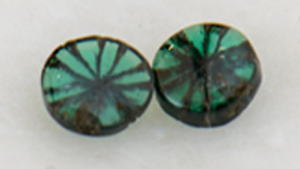
At the AGTA show, Equatorian Imports showed this contributor two pieces of emerald with a very rare double-trapiche pattern
Read More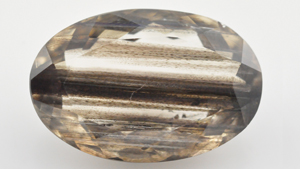
This contributor encountered parcels of rough and faceted scapolite that appeared strongly zoned to the unaided eye.
Read More
This stone was a good example of a very rare natural diamond exhibiting synthetic growth characteristics.
Read More
Describes the occurrence of iridescence, and the role of differential etching, in quartz crystals from India’s Jalgaon District.
Read More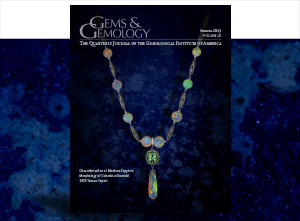
An overview of the Spring 2023 Gems & Gemology content.
Read More
A look at plastic deformation, one of the most prevalent features in natural diamond.
Read More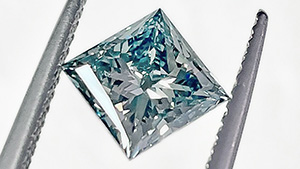
Examination of a grayish blue CVD laboratory-grown diamond indicates its color was caused by both the GR1 and SiV– centers.
Read More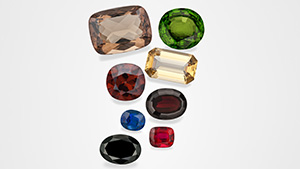
This installment of “Colored Stones Unearthed” covers gemstones that formed in magmatic environments and the insights they offer into the evolution of the earth and the geological processes that shaped our world.
Read More
A detailed spectroscopic investigation of the color of pink spinel reportedly from the Kuh-i-Lal deposit in the Pamir Mountains of Tajikistan.
Read More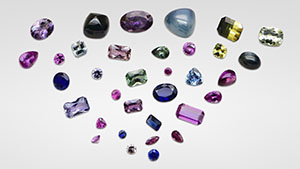
A comprehensive look at the gemological features and advanced analysis of blue and fancy-color sapphire from the agricultural area of Muling, China.
Read More